Nestled in East Africa, Lake Victoria is home to one of the most spectacular evolutionary stories in the natural world.
Within just the past 15,000 years—a geological heartbeat—over 600 species of cichlid fish have emerged in these waters.
This extraordinary burst of diversification is unique among vertebrates, both in scale and speed.
Scientists have long marveled at the sheer variety of forms, colors, and behaviors found in Lake Victoria’s cichlids.
Their story offers a glimpse into evolution at its most dynamic and creative, challenging our understanding of how new species arise so rapidly.
1. The Setting: Africa’s Lake Victoria

Lake Victoria, the world’s largest tropical lake, sprawls across the borders of Tanzania, Uganda, and Kenya.
Despite its vastness, this lake is surprisingly young—formed less than 15,000 years ago after a period of complete desiccation.
Its dynamic shoreline, abundance of islands, and diverse underwater landscapes create a rich mosaic of habitats.
From rocky shores to sandy bottoms and papyrus swamps, these varied environments provide countless ecological niches.
Such complexity set the stage for cichlids to diversify at an astonishing pace, making Lake Victoria a living laboratory of evolution.
2. The Cichlid Explosion

The scale of cichlid diversification in Lake Victoria is almost unimaginable: more than 600 distinct species have arisen in as little as 15,000 years.
This rapid emergence of new forms is so extraordinary that scientists call it an evolutionary explosion.
No other group of vertebrates is known to have radiated so quickly in such a short period.
The result is a dazzling variety of fish, each with unique adaptations, colors, and behaviors, making Lake Victoria a global hotspot for evolutionary innovation.
3. A Single Ancestral Lineage

Genetic studies have revealed a remarkable truth: Lake Victoria’s cichlids, despite their immense diversity, all trace back to a single ancestral lineage.
DNA analyses confirm that these hundreds of species emerged from one founding population that colonized the lake after its refilling.
This discovery was made possible through advanced genomic sequencing, which uncovered the genetic similarities uniting these fish.
Such findings underscore how a single group can diversify explosively, given the right ecological conditions and evolutionary opportunities.
4. Ancient Hybridization: The Catalyst
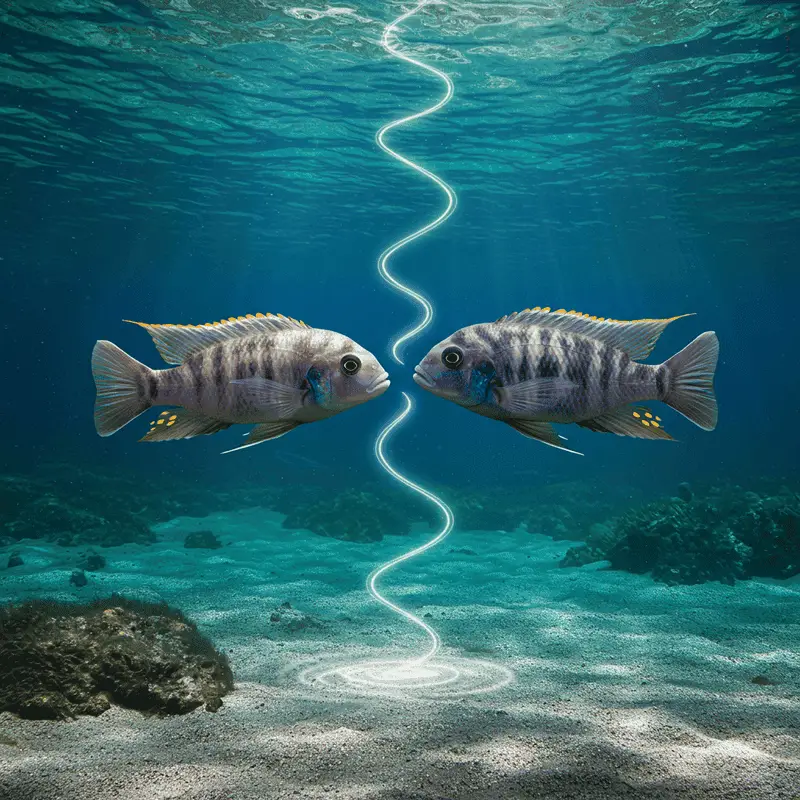
Recent genomic research has uncovered a pivotal twist in the story of Lake Victoria’s cichlids: an ancient hybridization event.
Scientists discovered that the ancestral population was itself the product of a fusion between two divergent cichlid lineages from neighboring African lakes.
This hybrid origin provided a rich reservoir of genetic diversity, fueling rapid adaptation and speciation.
The unique genetic combinations resulting from this union acted as raw material for evolution, enabling cichlids to occupy new ecological niches at an unprecedented pace.
These findings are detailed in studies such as those published in Nature Communications.
5. The Genetic Toolkit for Diversification
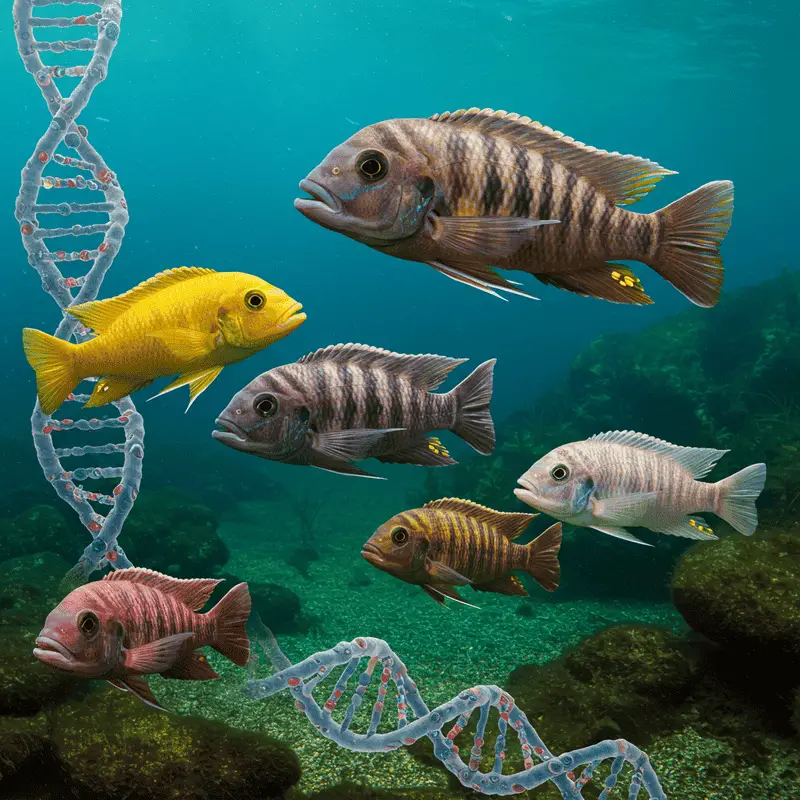
The hybrid ancestor of Lake Victoria’s cichlids possessed an unusually broad array of genetic material, especially in gene families linked to traits like jaw structure, coloration, and sensory perception.
This wealth of genetic diversity became a toolkit for rapid evolutionary innovation.
With so much raw material at their disposal, cichlids could quickly adapt to different ecological roles.
This genetic flexibility was a key driver of their explosive adaptive radiation, as detailed in research from the journal Current Biology.
6. The Role of Opsin Genes
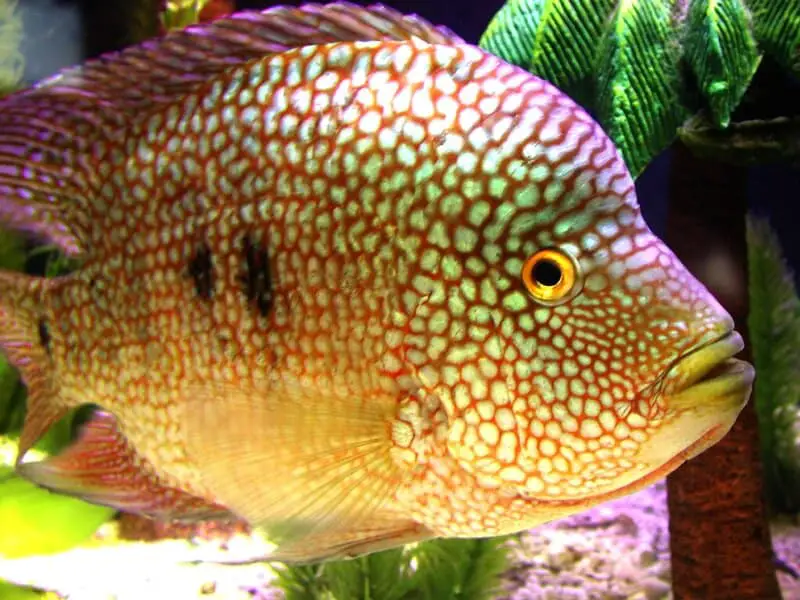
A central factor in cichlid diversification is the remarkable variation of opsin genes, which determine how fish perceive colors underwater.
In Lake Victoria, different cichlid species have evolved distinct opsin gene combinations, allowing them to thrive at various depths and in diverse light environments.
This variability has shaped their mating behaviors, as many cichlids rely on vivid coloration for mate selection.
The flexible opsin gene repertoire enabled cichlids to exploit new ecological niches and develop specialized reproductive strategies, as highlighted in research from Nature.
7. Mate Choice and Speciation
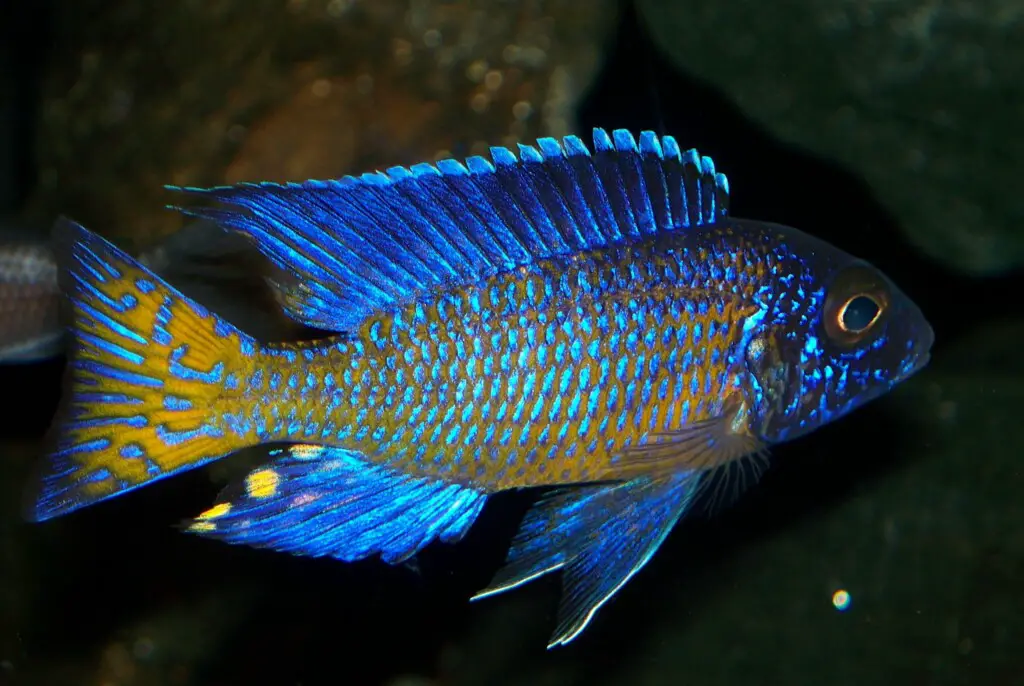
Female cichlids in Lake Victoria play a pivotal role in speciation through their selective mating preferences.
Thanks to differences in opsin genes, females perceive male colors differently, often choosing mates with specific hues that stand out in their environment.
This visual-based mate choice leads to reproductive isolation, as populations become genetically distinct.
Such selective pairing is a powerful driver of rapid speciation, as described in studies like Science, propelling the remarkable diversity seen among the lake’s cichlids.
8. Combinatorial Evolution in Action

The process of combinatorial evolution was crucial in the cichlid explosion.
By recombining ancient genetic variants inherited from their hybrid ancestry, cichlids generated entirely new traits almost overnight.
This genetic shuffling allowed rapid adaptation to shifting environments, new predators, and novel food sources.
Traits such as jaw shape, feeding strategies, and coloration emerged quickly, supporting the cichlids’ ability to exploit nearly every available ecological niche, as discussed in Nature.
9. Extraordinary Feeding Diversity
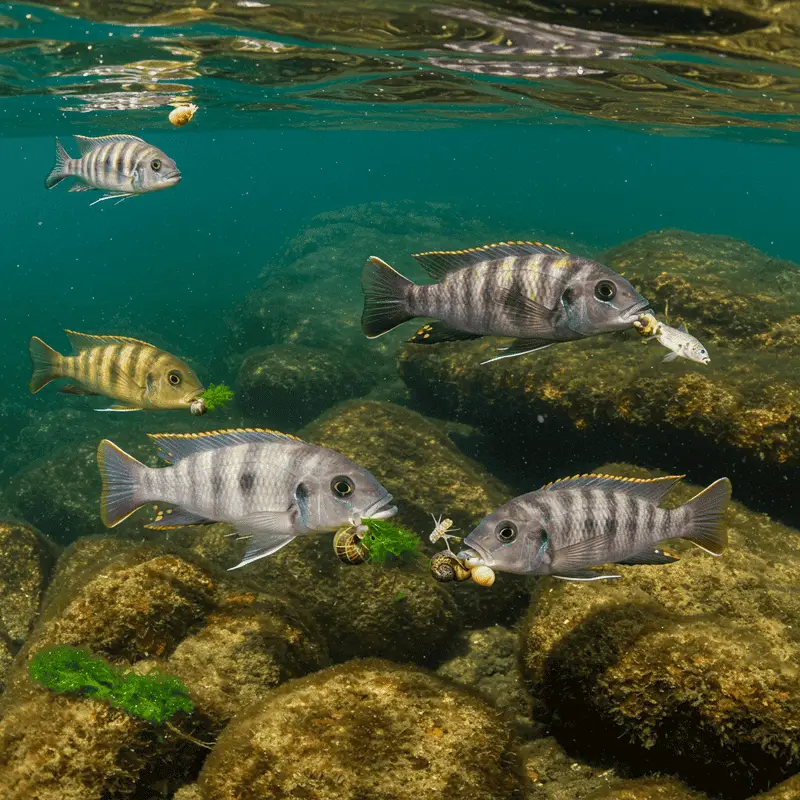
Lake Victoria’s cichlids exhibit a remarkable diversity of feeding strategies, from scraping algae off rocks to hunting other fish and even snatching insect larvae from the water’s surface.
This explosion of dietary habits is closely tied to the evolution of highly specialized mouthparts and jaws.
Some species have evolved robust jaws for crushing snails, while others sport elongated snouts for picking prey from crevices.
This adaptive versatility in feeding, detailed in PNAS, underpins the cichlids’ ability to thrive across Lake Victoria’s varied habitats.
10. The Pharyngeal Jaw Innovation
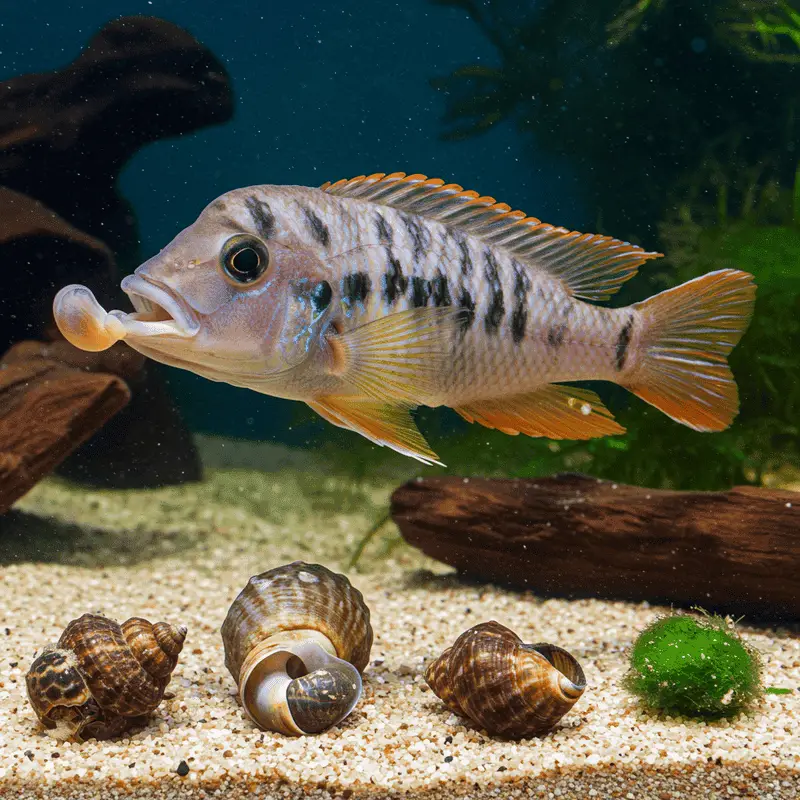
One of the most fascinating adaptations among Lake Victoria’s cichlids is the evolution of pharyngeal jaws.
These are a second set of jaws located in the throat, distinct from the main jaw, and are highly specialized across different species.
Pharyngeal jaws enable cichlids to crush, grind, or manipulate a wide variety of foods, from hard-shelled snails to tough plant matter.
This innovation has allowed cichlids to exploit new resources and carve out unique ecological niches, as covered in Proceedings of the Royal Society B.
11. Body Shape Adaptations
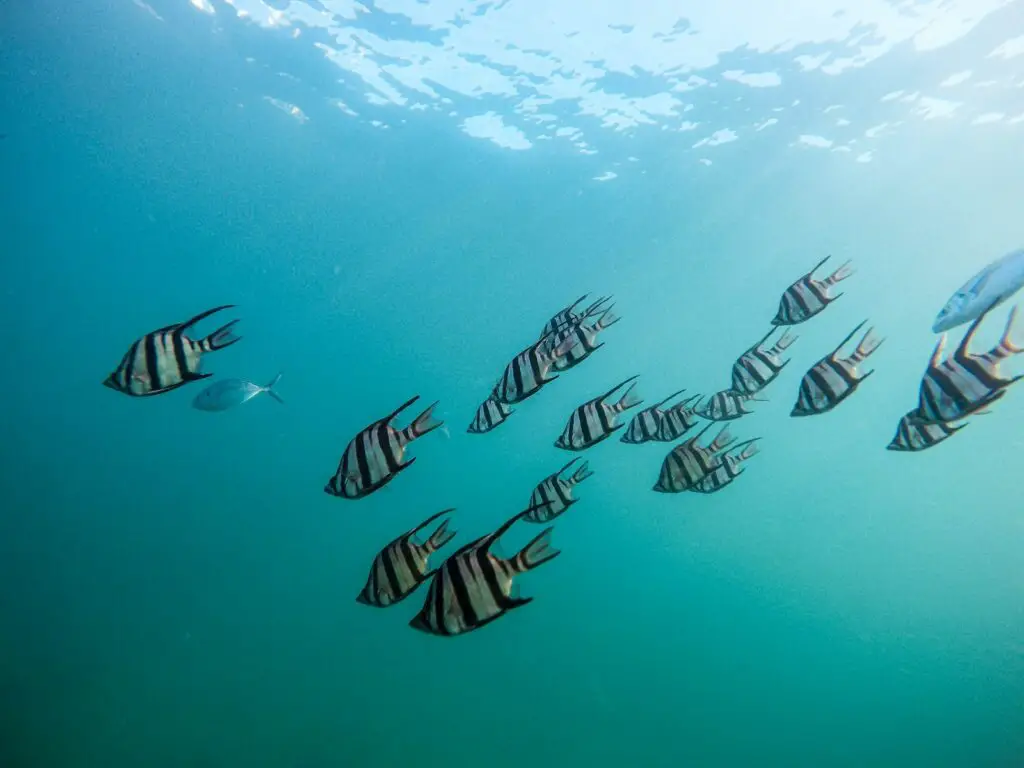
Cichlids in Lake Victoria display a striking array of body shapes, each fine-tuned for specific swimming styles and habitats.
Some species have deep, laterally compressed bodies ideal for maneuvering among rocks and dense vegetation, while others are streamlined for quick bursts in open water.
These morphological changes allow cichlids to exploit different ecological zones within the lake, from shallow, weedy bays to deep, clear waters.
Such diversity in form reflects the remarkable adaptability of cichlids, as explored in Journal of Experimental Biology.
12. Niche Partitioning and Competition
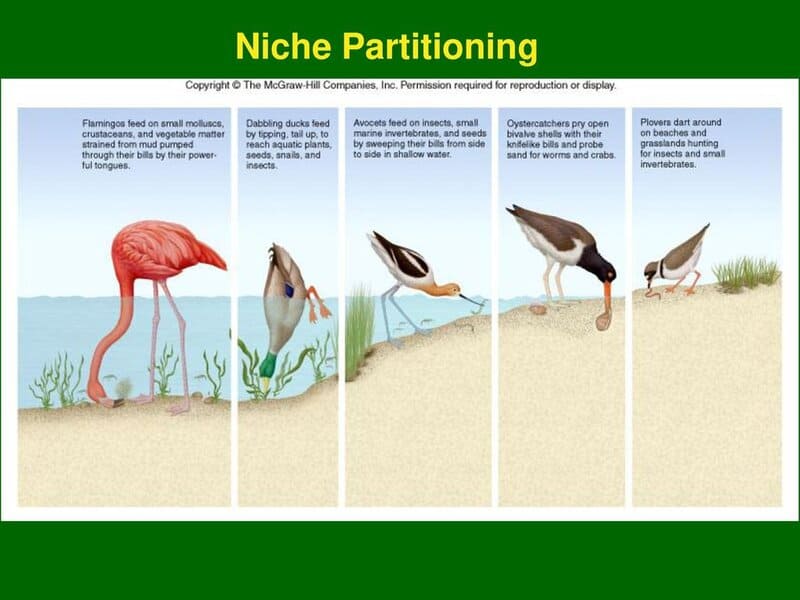
The astonishing number of cichlid species in Lake Victoria is possible thanks to niche partitioning.
Each species has evolved to exploit a specific ecological role—whether it’s feeding at a certain depth, targeting a particular prey, or occupying a unique microhabitat.
This careful division of resources minimizes direct competition, enabling hundreds of species to thrive side by side.
Niche partitioning is a classic hallmark of adaptive radiation and is well documented in studies such as this one from Annual Review of Ecology, Evolution, and Systematics.
13. Parallel Evolution Across Lakes

Lake Victoria’s cichlid explosion isn’t an isolated phenomenon—similar adaptive radiations have occurred in other African Great Lakes, including Lake Malawi and Lake Tanganyika.
In each case, hundreds of cichlid species evolved rapidly, often converging on similar ecological roles and physical traits.
These parallel evolutionary events highlight the powerful influence of environmental factors and genetic potential in shaping diversity.
Comparative studies, such as those published in Nature, reveal astonishing patterns of similarity and difference across these lakes.
14. Genomic Studies Illuminate the Process
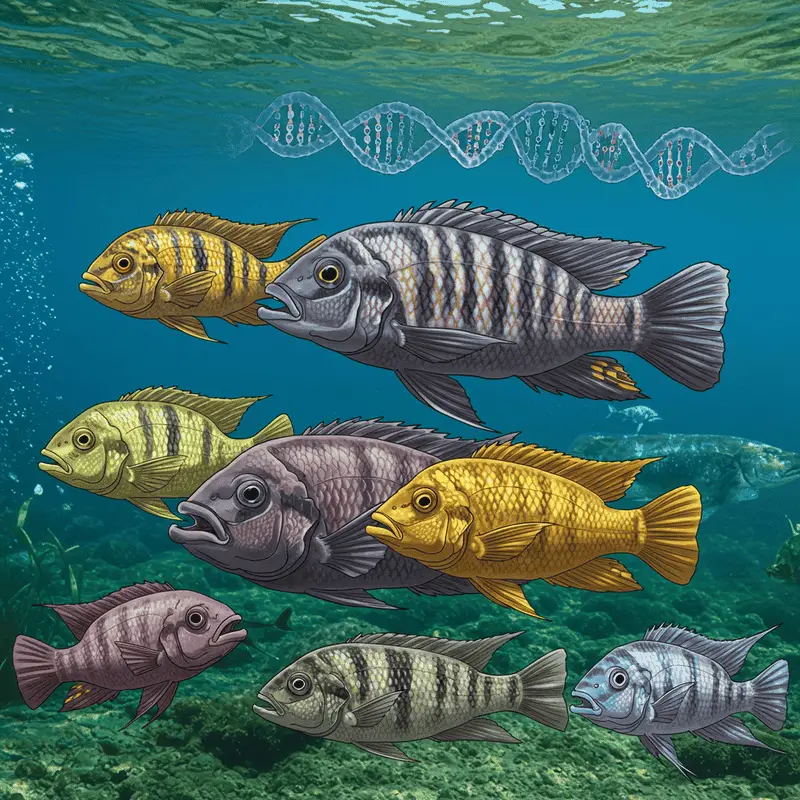
Advances in genomic technology have revolutionized our understanding of cichlid evolution in Lake Victoria.
By sequencing entire genomes, scientists have uncovered how ancient hybridization, gene duplications, and rapid recombination fueled the cichlid radiation.
These studies reveal the genetic mechanisms behind traits like jaw morphology, coloration, and sensory adaptation.
Seminal publications in Nature and Nature Communications have been instrumental, providing a detailed roadmap of how genetic diversity and environmental pressures combined to produce one of evolution’s most spectacular experiments.
15. Adaptive Radiation: A Textbook Example

Lake Victoria’s cichlids have become the quintessential example of adaptive radiation—a single lineage rapidly diversifying to fill a range of ecological roles.
Their story is featured in countless evolutionary biology textbooks and scientific reviews for its clarity and scale.
Researchers often reference Lake Victoria cichlids to illustrate the mechanisms of natural selection, speciation, and ecological opportunity.
This classic case study highlights how explosive diversification can occur when genetic potential meets an environment ripe for evolutionary innovation, as summarized in the Encyclopedia Britannica.
16. Evolutionary Timescale: A Blink of an Eye

The speed of cichlid diversification in Lake Victoria is nothing short of astonishing.
While most vertebrate radiations unfold over millions of years, Victoria’s cichlids accomplished their evolutionary leap in only about 15,000 years.
This rapid pace stands in stark contrast to classic examples like the slow diversification of mammals or birds.
The cichlid radiation is so swift that, in evolutionary terms, it truly happened in the blink of an eye, as highlighted in Scientific American.
17. The Role of Sexual Selection
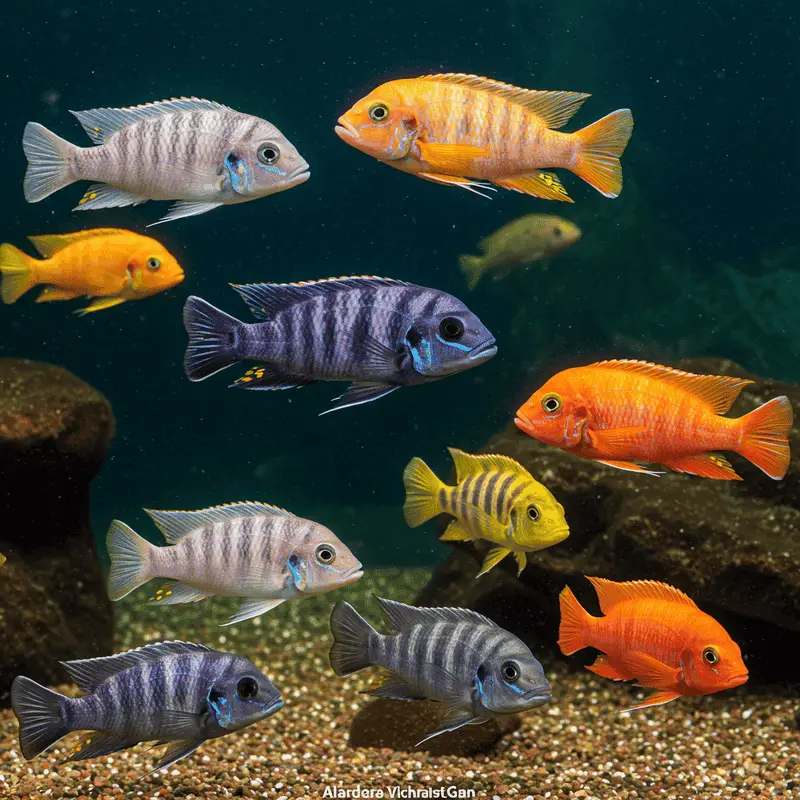
Sexual selection has been a powerful force behind the cichlid radiation in Lake Victoria.
Male cichlids often display vibrant color patterns and elaborate courtship behaviors to attract females, who are highly selective in their choice of mates.
These preferences have driven rapid divergence in coloration and display traits among populations, fueling reproductive isolation and the emergence of new species.
This phenomenon is well documented in evolutionary research, such as the study published in Nature, underscoring the major role of sexual selection in shaping biodiversity.
18. Environmental Drivers of Diversification
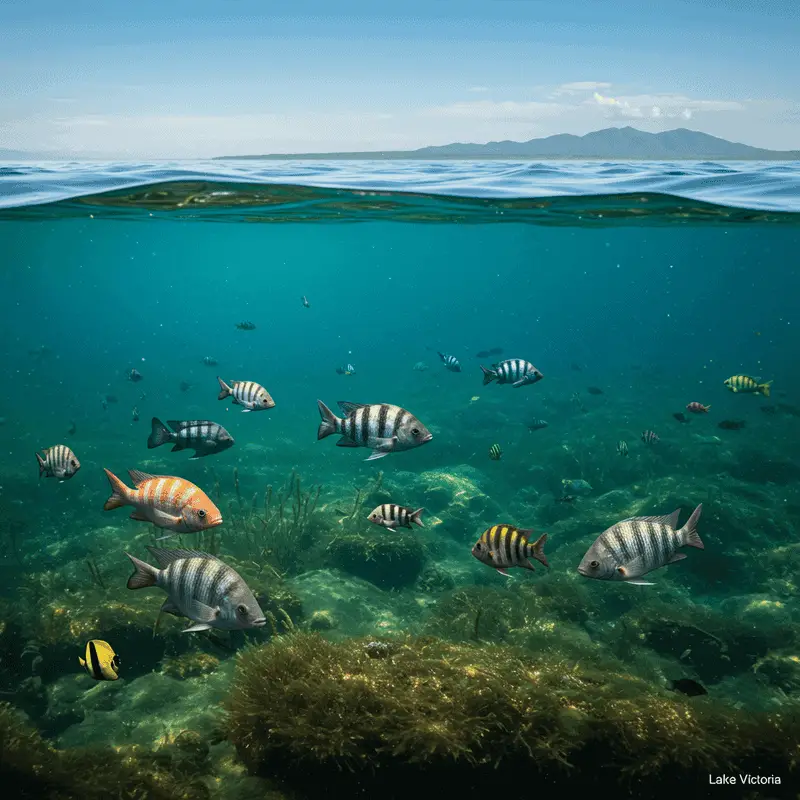
Environmental factors in Lake Victoria have played a critical role in shaping cichlid evolution.
Variations in water clarity, depth, and light penetration have directly influenced which visual traits and behaviors are advantageous.
For example, changes in water turbidity can shift which colors are most visible, impacting mate choice and survival.
Depth gradients create distinct ecological zones, each favoring different adaptations.
Research featured by Nature highlights how environmental heterogeneity fosters rapid diversification, helping explain the extraordinary variety of cichlid species.
19. Hybrid Vigour and Speciation
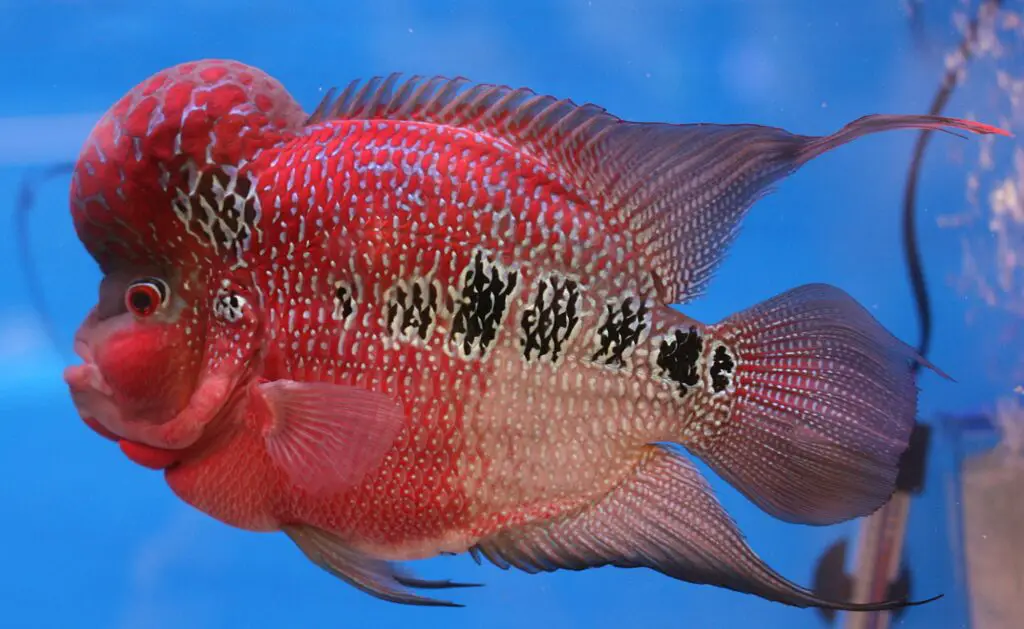
Hybridization in Lake Victoria’s cichlids did more than boost genetic diversity—it also led to hybrid vigor.
This phenomenon, where hybrid offspring outperform their parents, enhanced the survival and reproductive success of emerging lineages.
Hybrid cichlids often exhibited increased adaptability, resilience to environmental changes, and novel trait combinations.
Such vigor accelerated the process of speciation, allowing these fish to quickly establish themselves in new niches, as discussed in Nature and other evolutionary biology resources.
20. Threats to Cichlid Diversity
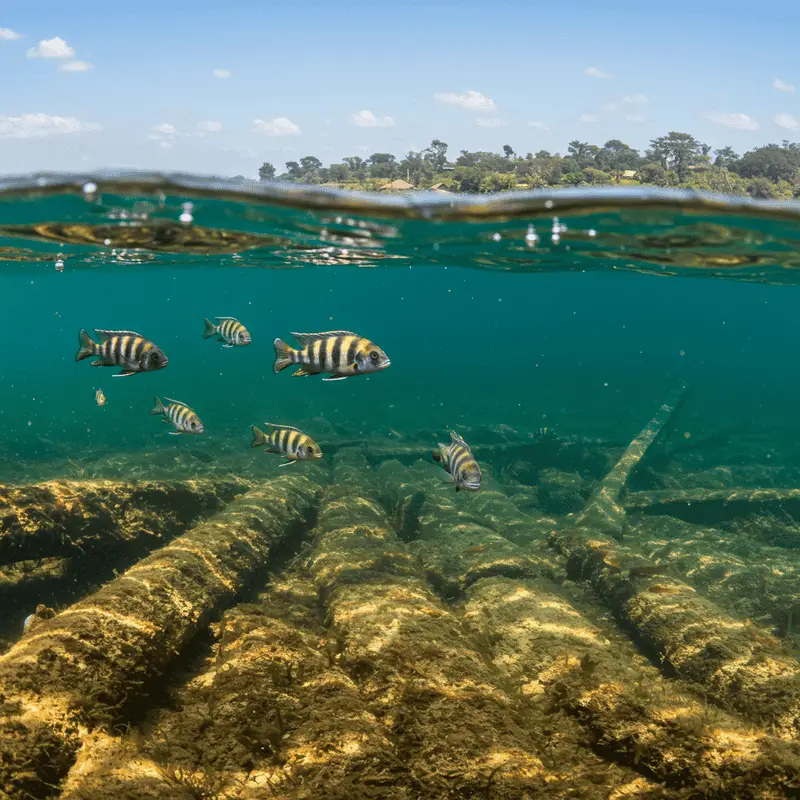
Despite their evolutionary success, Lake Victoria’s cichlids now face serious threats.
Overfishing, habitat destruction, and the introduction of invasive species like the Nile perch have caused dramatic declines in many populations.
Pollution and water quality changes further endanger these unique fishes.
Conservationists stress the urgent need for habitat protection, sustainable fishing practices, and invasive species management.
Efforts documented by organizations such as IUCN are critical to safeguarding the future of one of evolution’s most remarkable experiments.
21. Cichlids as a Model for Evolution
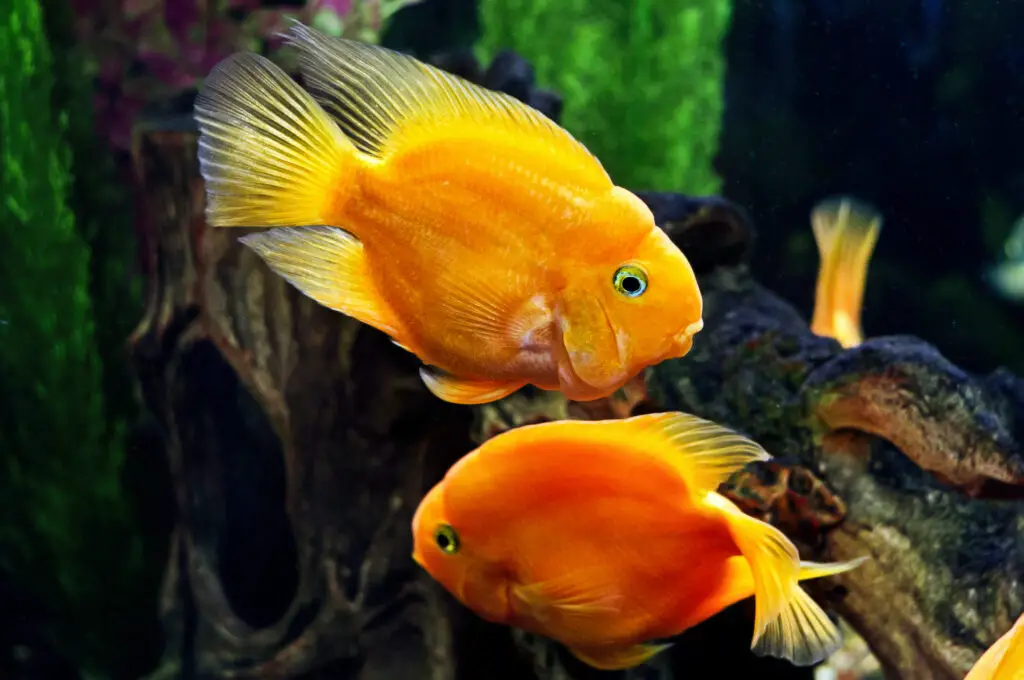
Lake Victoria’s cichlids have become invaluable to science, serving as a model system for research on evolution, speciation, and ecological dynamics.
Their rapid diversification, genetic accessibility, and varied ecological roles make them ideal subjects for experimental and comparative studies.
Researchers use cichlids to unravel the mechanics of adaptation, reproductive isolation, and niche specialization.
Seminal work, such as that summarized by the National Center for Biotechnology Information (NCBI), underscores their central role in evolutionary biology.
22. Lessons for Biodiversity and Conservation

The evolutionary saga of Lake Victoria’s cichlids offers profound lessons about the origins and fragility of biodiversity.
It shows how genetic diversity, environmental complexity, and rapid adaptation can produce astonishing variety in short timeframes.
Yet, it also underscores how quickly such diversity can be lost due to human impacts.
Protecting habitats and maintaining ecological balance are crucial for preserving evolutionary potential, as emphasized by conservation groups like the World Wildlife Fund.
Conclusion: The Ongoing Evolutionary Story

The rapid diversification of cichlids in Lake Victoria stands as a testament to evolution’s creative power and speed.
By studying these fish, scientists have uncovered fundamental mechanisms behind speciation, adaptation, and the generation of biodiversity.
Yet, this evolutionary marvel is not just a story of the past—ongoing research continues to reveal new insights, and urgent conservation efforts are needed to protect this living laboratory.
Preserving Lake Victoria’s cichlids is vital, ensuring that we do not lose one of nature’s most extraordinary evolutionary experiments, as highlighted by organizations like the IUCN.



Vielleicht interessiert es Sie:
Wussten Sie! Minensuchratten auf dem Schlachtfeld und sie sind super effektiv!
Wie viele Giraffenarten gibt es? Leben sie alle in Afrika?
Der Vogel ist das Weibchen der Vögel: wahr oder falsch?
Warum bauen Biber Dämme? Welchen Nutzen?
Warum leben manche Tiere nachtaktiv? Welche Vorteile?
Küssen Tiere? Ist das die gleiche Bedeutung wie Menschen?
200+ Hilarious Seahorse Jokes That Will Make You Smile and Giggle
200+ Funny Investment Jokes to Boost Your Financial Humor Game